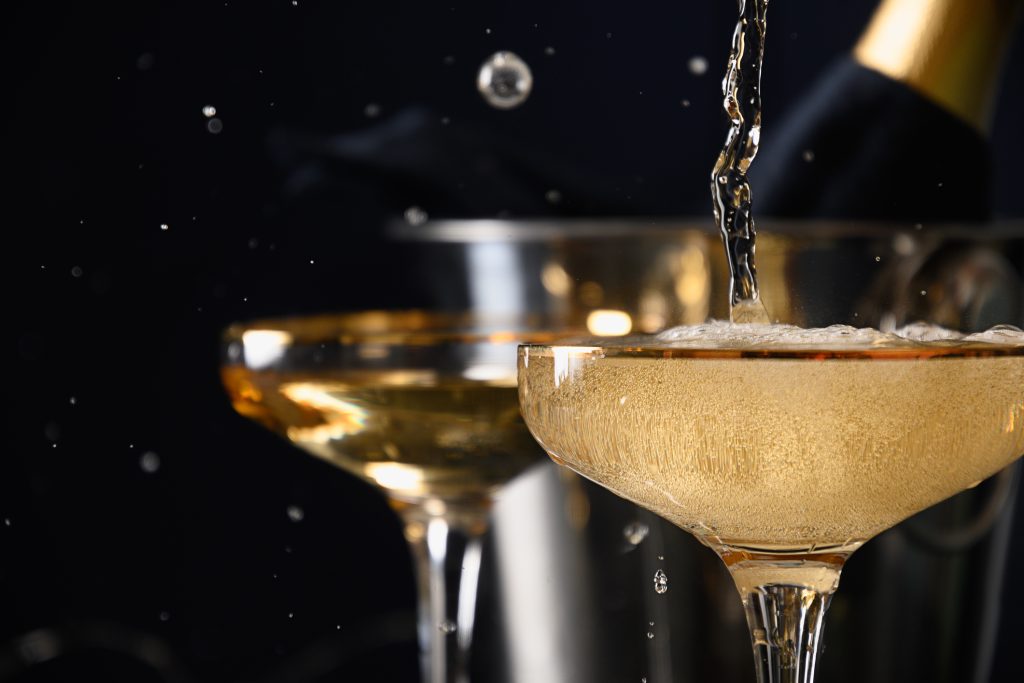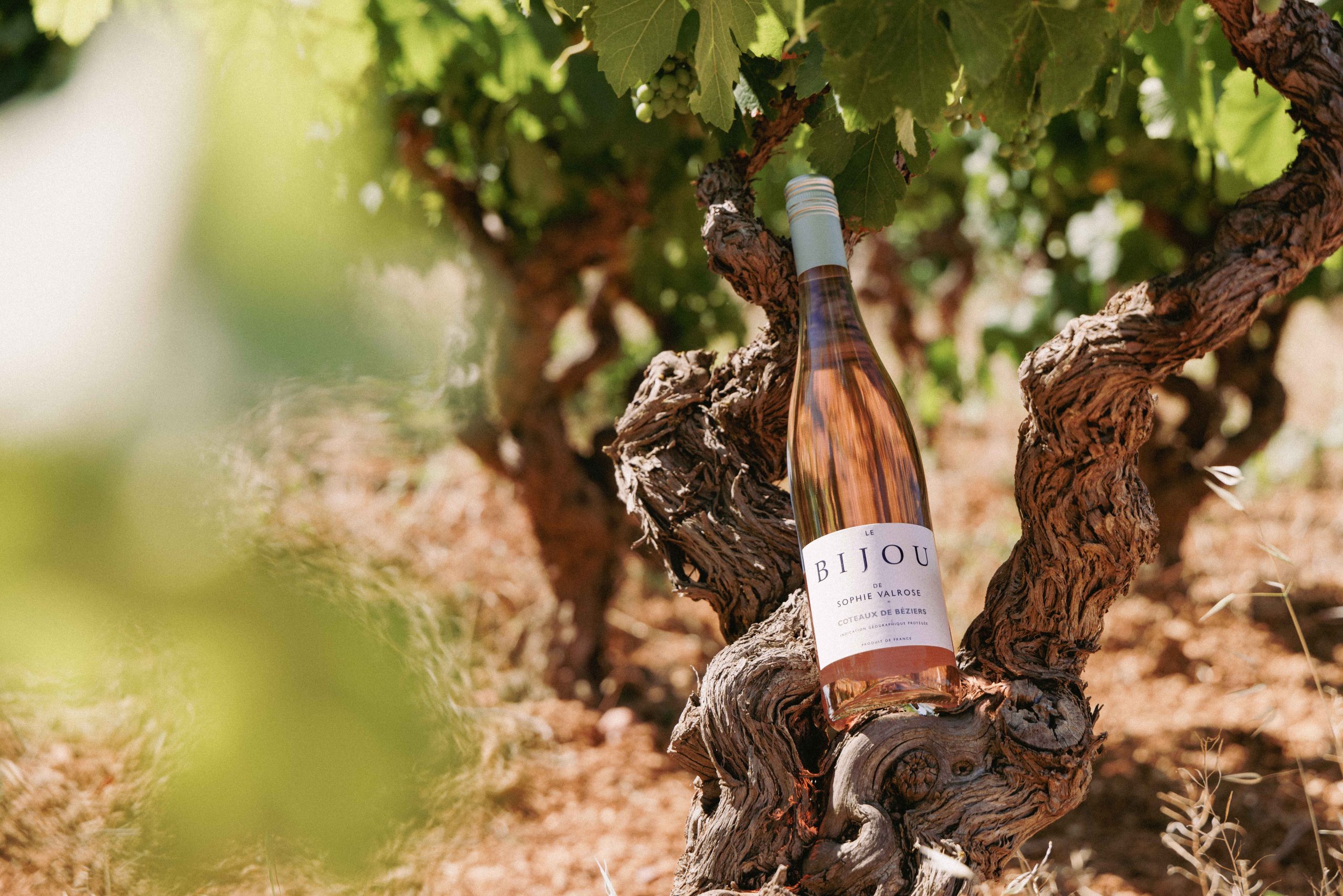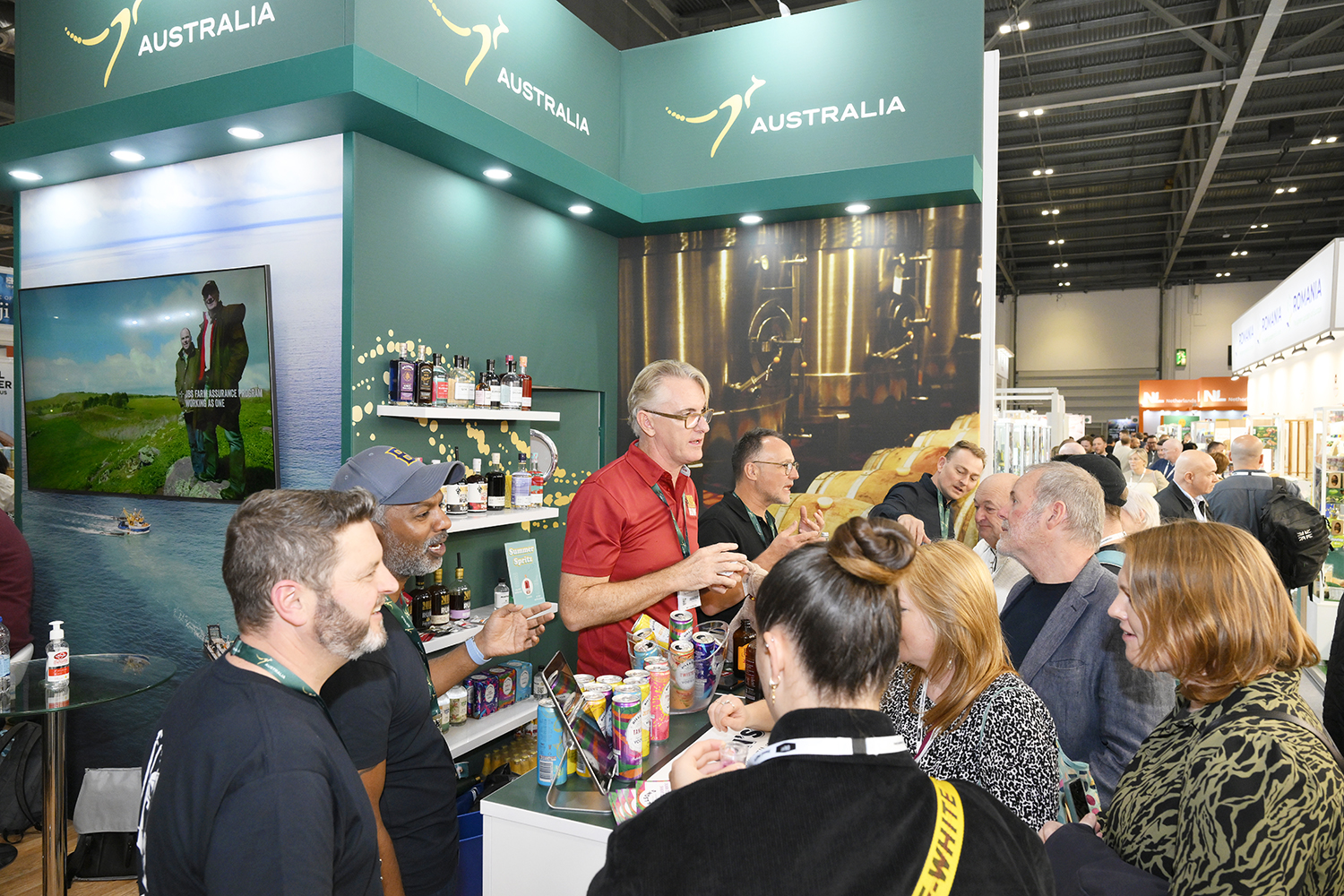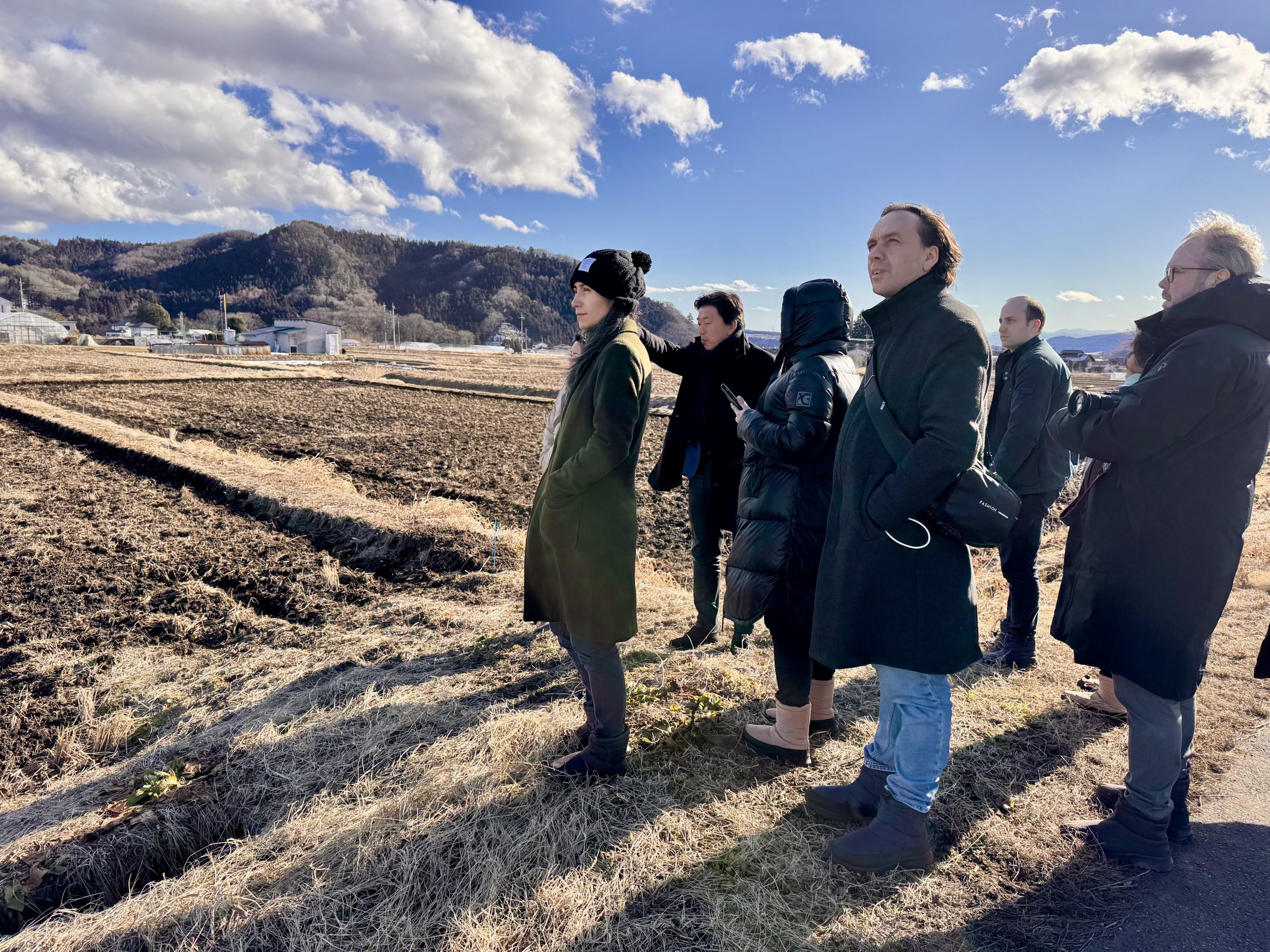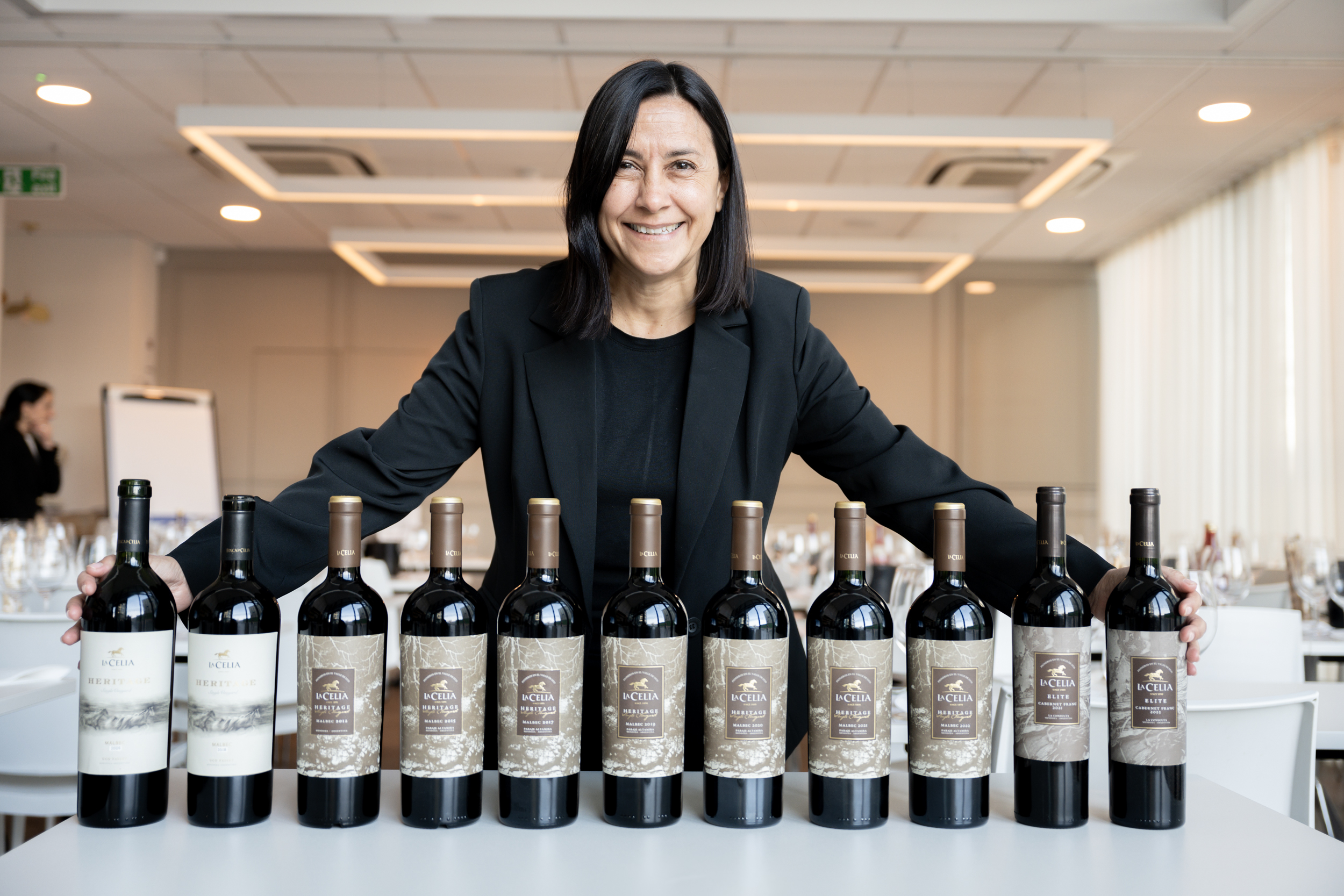Hors Bordeaux tasting notes: Champagne
By Colin Hay| Champagne releases | Vintage | Region | New? | Rating |
| Château d’Avize (Leclerc Briant) | 2014 | Champagne | No | 96 |
| Clos Lanson (Lanson) | 2010 | Champagne | No | 97 |
| Clos des Goisses (Philipponnat) | 2015 | Champagne | No | 98+ |
| Clos des Goisses L. V. (Philipponnat) | 1999 | Champagne | No | 96 |
| Clos des Goisses Juste Rosé (Philipponnat) | 2014 | Champagne | No | 96 |
| Barons de Rothschild Blanc de Blancs | 2014 | Champagne | No | 94 |
| Barons de Rothschild Rosé | 2014 | Champagne | No | 92 |
| *La Vigne aux Gamins (Thiénot) | 2013 | Champagne | No | 97 |
* – an exclusivity of the négociant CVBG
Chateau d’Avize Blanc de Blancs Extra Brut 2014 (Champagne; 100% Chardonnay; dosage of 2.7 g/l; disgorged in xx; 12% alcohol). Very leafy and fresh. Grapefruit and gooseberry. Very youthful, hyper crisp and existentially fresh. A little bread but no toast. A hint of cinnamon. This has a wonderful crushed lime zestfulness and the oil it releases. Viscous. Very saline. A touch of oyster shell. Truly excellent. 96.
Clos Lanson Blanc de Blancs Extra Brut 2010 (Champagne; 100% Chardonnay; just 1 hectare; dosage of 3g/l; 12.5 % alcohol). More classic. Richer. Fresh and lifted. Delicate and floral. Just a little suggestion of white truffle. Brioche. A hint of yeast too. Long and rippling on the finish. Exquisite. Very pretty. A lovely almost grippy fine mousse – autumn mist! 97.
Clos des Goisses (Philipponnat) 2015 (Champagne; 78% Pinot Noir; 22% Chardonnay; dosage of 4.5 g/l; disgorged in March 2023; 18285 bottles; 13% alcohol; no malolactic fermentation; commercialisation in January 2025; tasted in Bordeaux in July and then with Charles Philipponnat at the property two weeks before its release). Floral and very citrus inflected as always. More citrus than red fruits (when compared to the other parcellaires wines of Philipponnat). Patisserie. Beurre salé. Tarte au citron. Rose petals. Brioche. Frangipane. Angelica. Fresh peach. Blood orange. Mango. Pink grapefruit. Iodine. This is a wine of incredible impact. So concentrated and intense. So youthful and fresh. Rich and yet so charged with fresh energy and the acidity so well integrated. Oyster shell. A rocky minerality too. Brilliantly chiselled in its structure, form and mouthfeel. This feels chalky in an almost visceral and highly tactile way. Fascinatingly complex and so young with all that evolution to come. It’s like being at the birth and imagining the future. Incredibly pure and incredibly long. More expressive when tasted with Charles Philipponnat due to the longer time since disgorgement. 98+.
Clos des Goisses L. V. (Philipponnat) 1999 (Champagne; 59% Pinot Noir; 41% Chardonnay; March 2024 – for January 2025; 4.5 g/l of dosage; 12.5% alcohol; the ‘LV’ stands for long vieillessement – late-released after 25 years; bottled in 1999; disgorged in March 2023). The first Clos des Goisses to be bottled after Charles Philipponnat’s arrival, though the wine itself had already been made. A little like 2014 or 2004 as a vintage – with a larger production and a little less intensity. White pear. Peach and peach confit. Peach stone. A subtle bitter almond note. Angelica once again. Delicate at first but with depth and concentration – subtly delivered from below. A little hint of residual sugar. There’s lower acidity here and that raises the sensation of sucrosity (though the dosage remains at 4.5 g/l). Sous bois notes. Trompette de la mort, above all with aeration. A time capsule. Wonderfully singular. 96.
Clos des Goisses Juste Rosé (Philipponnat) 2014 (Champagne; 80% Pinot Noir [c. 12-15 rose de saignée]; 20% Chardonnay; rose de saignée 24 hr; dosage March 2024 ; 4.5 g/l; 12.5% alcohol; 2820 bottles and a few magnums; disgorged on a single day in March 2023). From a late and more generous vintage, like 2004, 1998 or 1982. Very pure and crisp but without the concentration of a sunnier vintage. Staggeringly complex. Very much the ‘juste rosé’, in colour. Bergamot. Seville Orange marmalade. Blood orange. Quince. Rhubarb. Cinnamon. There’s a lovely delicacy to this, but it’s impressively compact too. It is more ample in form on the attack than other vintage champagnes tasted. Open-textured. Supple. Plush. Aerial. Lifted. Pillowy and relaxed. A fascinating wine. Easy and already accessible. 96.
Partner Content
Barons de Rothschild Rare Collection Blanc de Blancs Extra Brut 2014 (Champagne; 100% Chardonnay; dosage 4 g/l; 12% alcohol). Fresh peach. Citron pressé. Confit lemon. Mimosa. Quite rich on the attack and very saline, with both impressions accentuated by the relatively narrow frame. Linear, racy, dynamic. Exquisitely zesty on the finish. 94.
Barons de Rothschild Rare Collection Rosé Extra Brut 2014 (Champagne; 92% Chardonnay; 8% Pinot Noir; dosage 4 g/l; 12% alcohol). Strawberry. Rose petal. This is subtle, refined, elegant, delicate. But it’s also bright and crisp, with quite a lifted searing acidity and considerable verticality. Ultra-fresh and one might even imagine the dosage to be lower than it is. 92.
Champagne Thiénot La Vigne aux Gamins 2013 (Champagne Grand Cru; 100% Chardonnay; pH 3.01; no malolactic fermentation and so 4 g/l of malic acid; dosage of around 6 g/l; 12.1% alcohol; a unique single plot champagne, made since 1997 of half an hectare on the slopes of Avize; tasted with Nicolas Uriel, chef de caves, Thiénot over Zoom at the CVBG press tasting). From a late harvest vintage, the latest in the last 30-40 years. Light and limpid in the glass, with enticing green highlights. Fresh, vertical and very citrus. Lime, citron pressé, tarte au citron, white grapefruit zest, tilleul, mimosa with a lovely rocky calcaire minerality; a little light toasty brioche note. A touch of fennel seed, but just a touch – this is really all about citrus purity aromatically, with a kind of focussed complexity – like a highly detailed painting of a lime fruit. A little lemon sorbet too, a touch of white currant. Maybe a hint of orange blossom. Despite the calcaire minerality and its chiselling effect, it’s quite creamily textured – the limestone leads one to imagine more assertive and aggressive. Lovely in the mouth. Hyper-intense, very focussed with a gracious and ample mousse sustaining and lifting the citrus fruit. Wonderfully crisp and tense on the finish. Like an older vintage from 30-40 years ago, with a pre-global warming balance. 97.
Related news
Why organic wine may be better placed to weather oversupply
A taste of eight top non-Bordeaux brands sold via La Place
La Place de Bordeaux: international wines to excite the Chinese market

